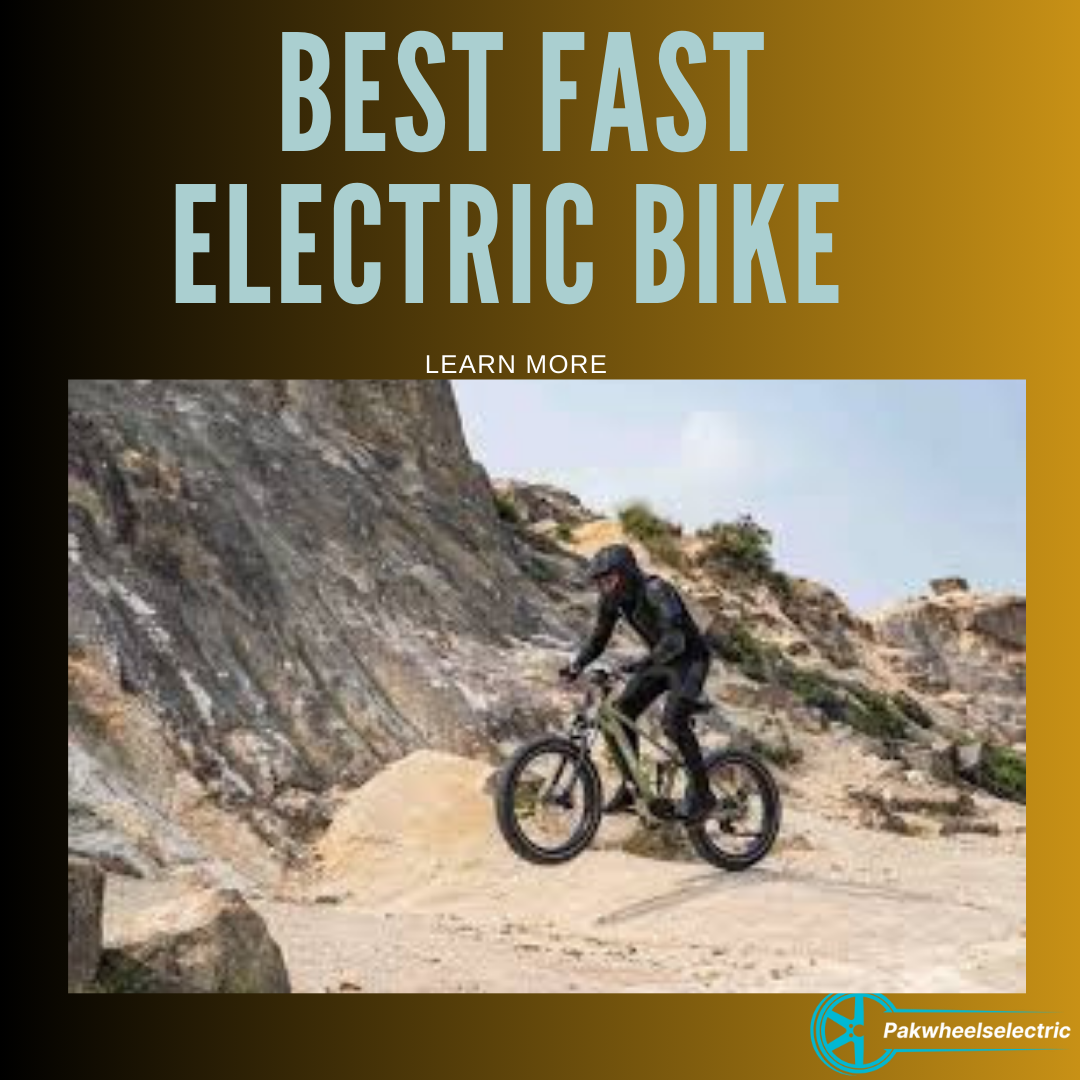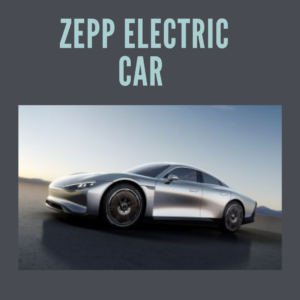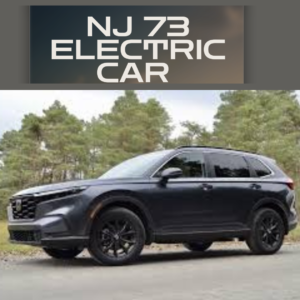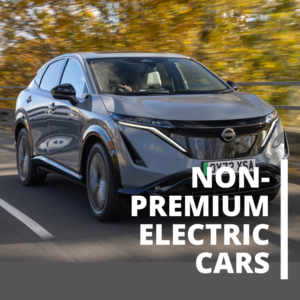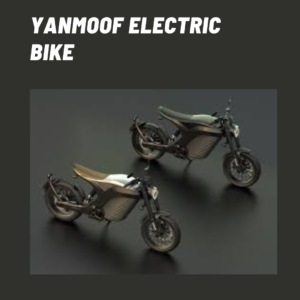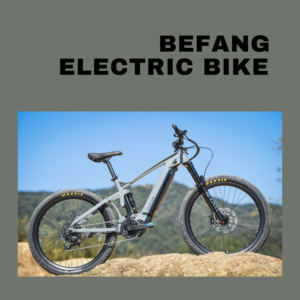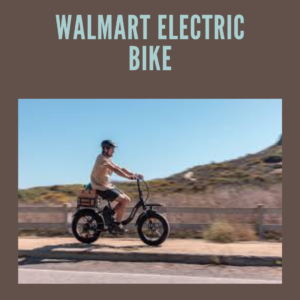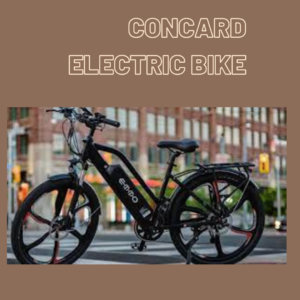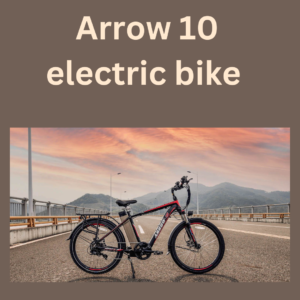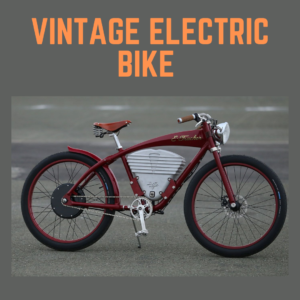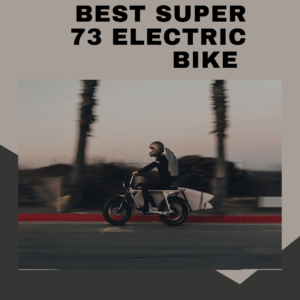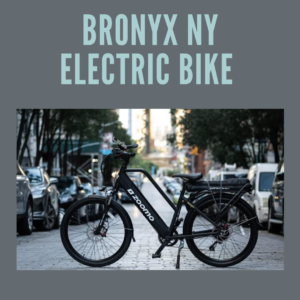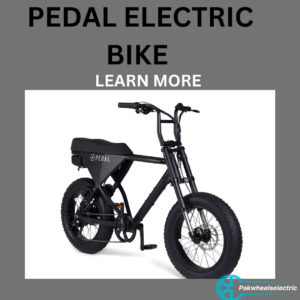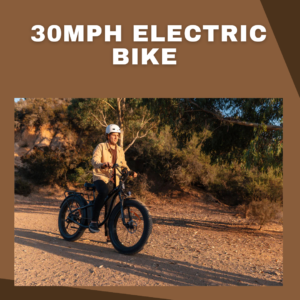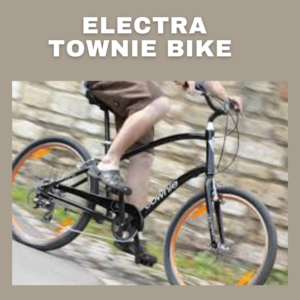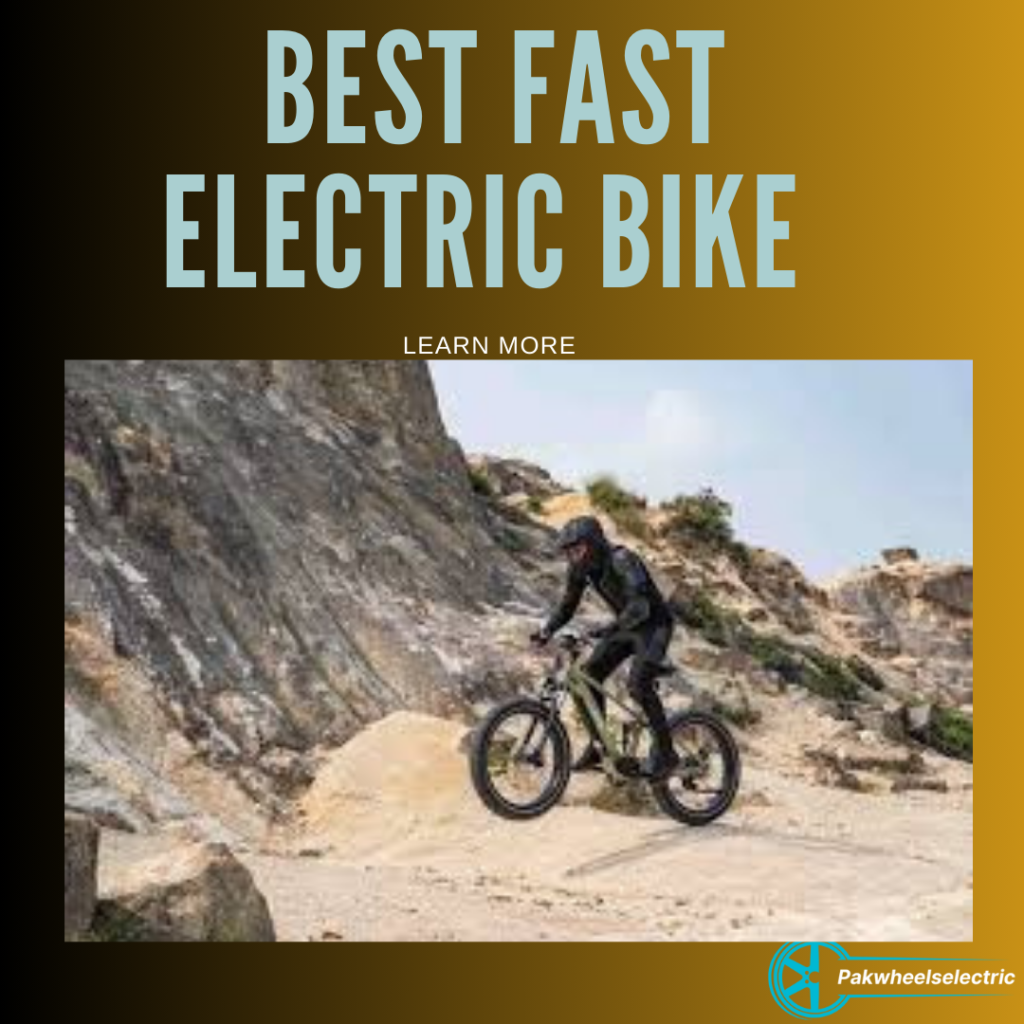
Introduction to Electric Bike Speeds
Electric bikes (e-bikes) are rapidly growing in popularity due to their eco-friendly nature and convenience. A common question among riders is, “How fast do electric bikes go?” This article will break down the factors that influence e-bike speed, the average speeds, and the potential top speeds depending on various models and classes.
Factors That Influence Electric Bike Speed
Several factors determine how fast an electric bike can go, including:
- Motor power: Stronger motors deliver faster speeds.
- Battery capacity: A larger battery provides more consistent power, allowing for higher sustained speeds.
- Rider weight: Heavier riders may experience slightly lower speeds.
- Terrain: Flat surfaces allow for faster speeds, while hilly or off-road terrains reduce speed.
- Wind resistance: Headwinds can reduce speed, while tailwinds may boost it.
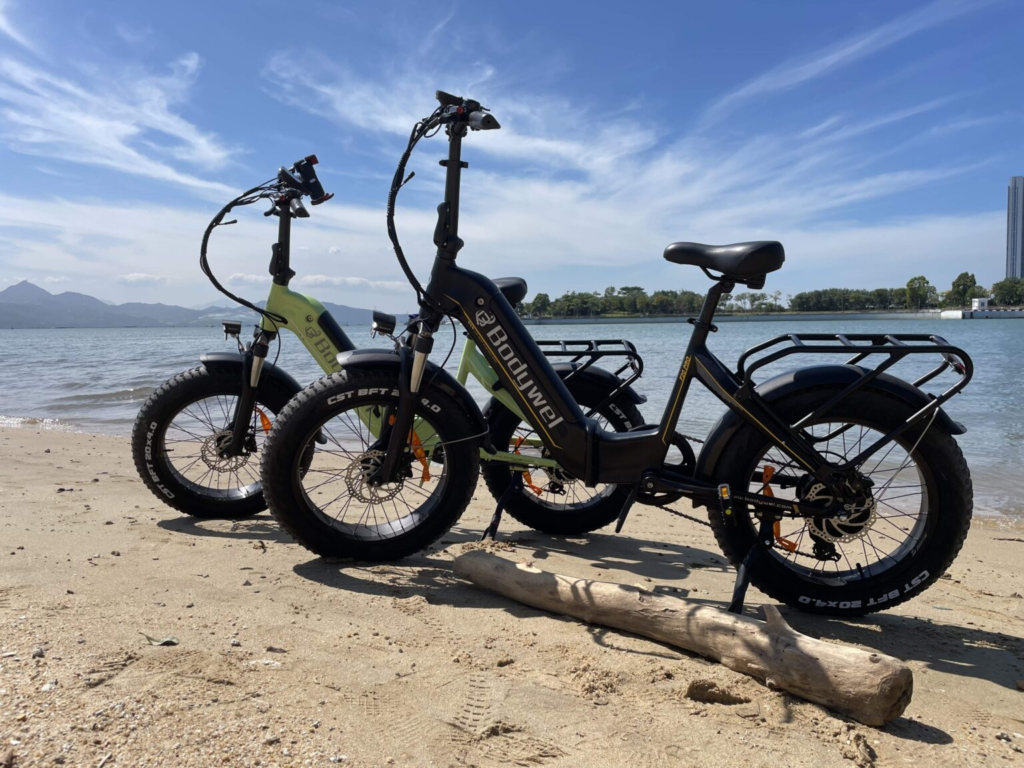
Average Speed of Electric Bikes
On average, most electric bikes travel between 20 to 28 miles per hour (32 to 45 km/h) depending on the motor and bike class. Entry-level bikes usually have top speeds around 20 mph, while high-performance models can go faster.
Top Speed Limits of Electric Bikes by Type
E-bikes are classified into three categories based on speed and operation type:
- Class 1: Pedal-assist only, with a maximum speed of 20 mph (32 km/h).
- Class 2: Throttle-powered with speeds up to 20 mph (32 km/h).
- Class 3: Pedal-assist bikes with a maximum speed of 28 mph (45 km/h).
How Motor Power Impacts Electric Bike Speed
The motor’s wattage directly affects an e-bike’s speed. Typically, bikes with 250W motors have lower top speeds, while those with 500W or 750W motors can reach faster speeds. Some high-end models even feature 1,000W motors or more, providing greater acceleration and top-end speed.
The Role of Pedal Assist in Electric Bike Speed
Pedal-assist systems allow riders to amplify their pedaling effort. The higher the level of assist, the faster the bike goes. Some bikes offer multiple assist levels, allowing users to choose how much help they want from the motor.
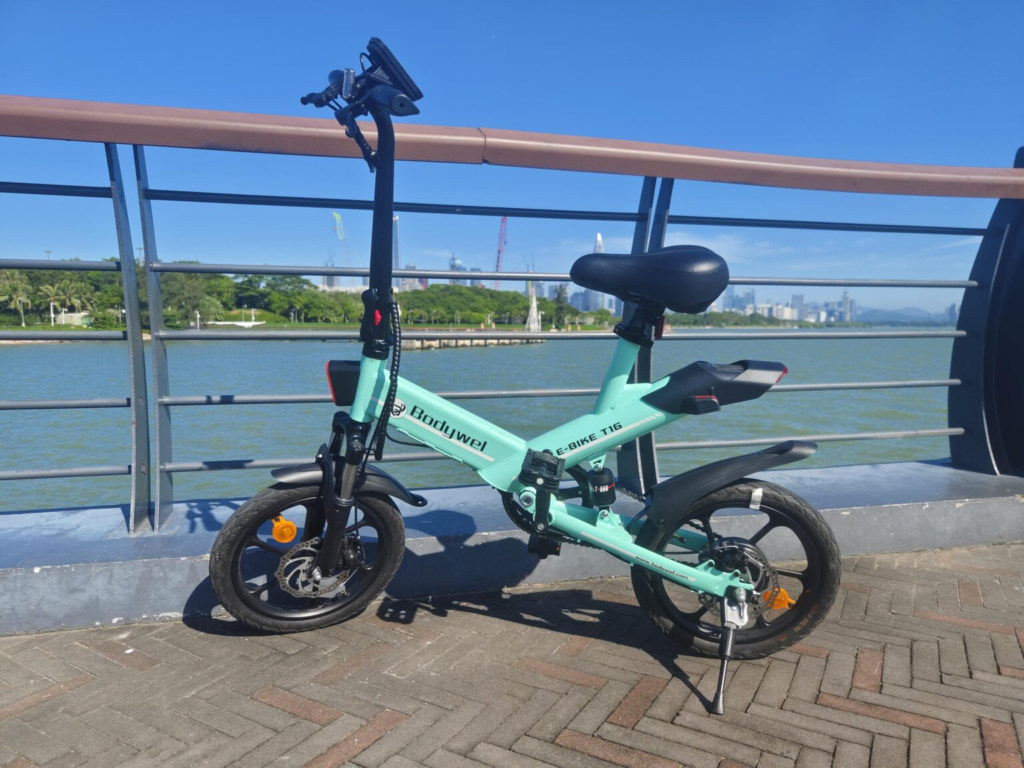
Battery Life and Its Effect on Speed
As the battery drains, an e-bike’s speed may decrease. Riders should ensure that their e-bike’s battery is fully charged to maintain maximum performance. Larger capacity batteries can sustain higher speeds for longer periods, while older or worn-out batteries can reduce the bike’s speed potential.
Electric Bike Classes and Their Speed Regulations
Electric bikes are classified by their top speed and motor functionality:
- Class 1: Pedal assist only, max speed 20 mph (32 km/h).
- Class 2: Throttle assist, max speed 20 mph (32 km/h).
- Class 3: Pedal assist only, max speed 28 mph (45 km/h). Each class has different regulations in various countries, with some imposing speed limits based on bike classification.
Legal Speed Limits for Electric Bikes in Different Countries
Many countries have set legal speed limits for electric bikes. In the United States, e-bikes are capped at 20 to 28 mph depending on the class. In Europe, e-bikes are generally limited to 25 km/h (15.5 mph) for legal usage on roads. Always check local regulations to ensure you are riding within the legal limits.
Can You Modify an Electric Bike to Go Faster?
It’s possible to modify an electric bike to increase its speed, but doing so can violate local laws and void warranties. Popular modifications include changing the motor, removing speed limiters, or upgrading the battery. However, riders should be cautious about the safety implications of such changes.
Electric Bike vs. Traditional Bicycle: Speed Comparison
When comparing electric bikes to traditional bicycles, e-bikes offer a significant speed advantage. The average cyclist on a traditional bike typically rides at around 12 to 15 mph (19 to 24 km/h), while e-bikes can easily surpass these speeds thanks to motor assistance.
Safety Considerations at High Electric Bike Speeds
Riding at high speeds comes with its own set of risks. Riders should wear appropriate safety gear, including helmets, and be aware of road conditions and weather, which can affect speed and control. Additionally, obeying traffic rules is crucial for safety.

Fastest Electric Bikes in 2024: A Breakdown
Some of the fastest electric bikes in 2024 include:
- Delfast Top 3.0: Capable of reaching up to 50 mph (80 km/h).
- Stealth B-52: A powerful off-road e-bike with speeds up to 50 mph.
- Specialized Turbo Vado: Offers speeds of up to 28 mph (45 km/h) with pedal assist. These bikes are ideal for enthusiasts looking for the ultimate speed experience.
Tips for Maintaining Optimal Speed on an Electric Bike
To maintain optimal speed on your e-bike, ensure regular maintenance. Check the tire pressure, keep the chain lubricated, and charge the battery fully before each ride. Proper maintenance can also improve overall bike performance and battery efficiency.
Customer Reviews on Electric Bike Speeds
Many riders appreciate the convenience of electric bikes, citing speed as one of the top reasons for choosing an e-bike. Reviews highlight that e-bikes offer a consistent and enjoyable riding experience, even in hilly areas or challenging terrains.
The Future of Electric Bike Speeds and Innovations
The future of electric bikes is bright, with innovations focusing on improved motor efficiency, faster charging batteries, and lighter frames. As technology advances, we can expect electric bikes to become faster, more efficient, and more adaptable to various riding conditions.
With electric bikes growing in popularity, knowing how fast they can go and the factors that influence their speed is key to making an informed purchase. Whether you’re a commuter or an off-road adventurer, understanding speed regulations and safety considerations ensures a smooth and thrilling ride.

